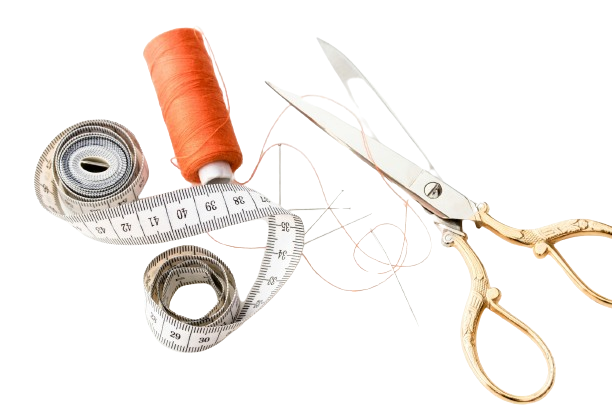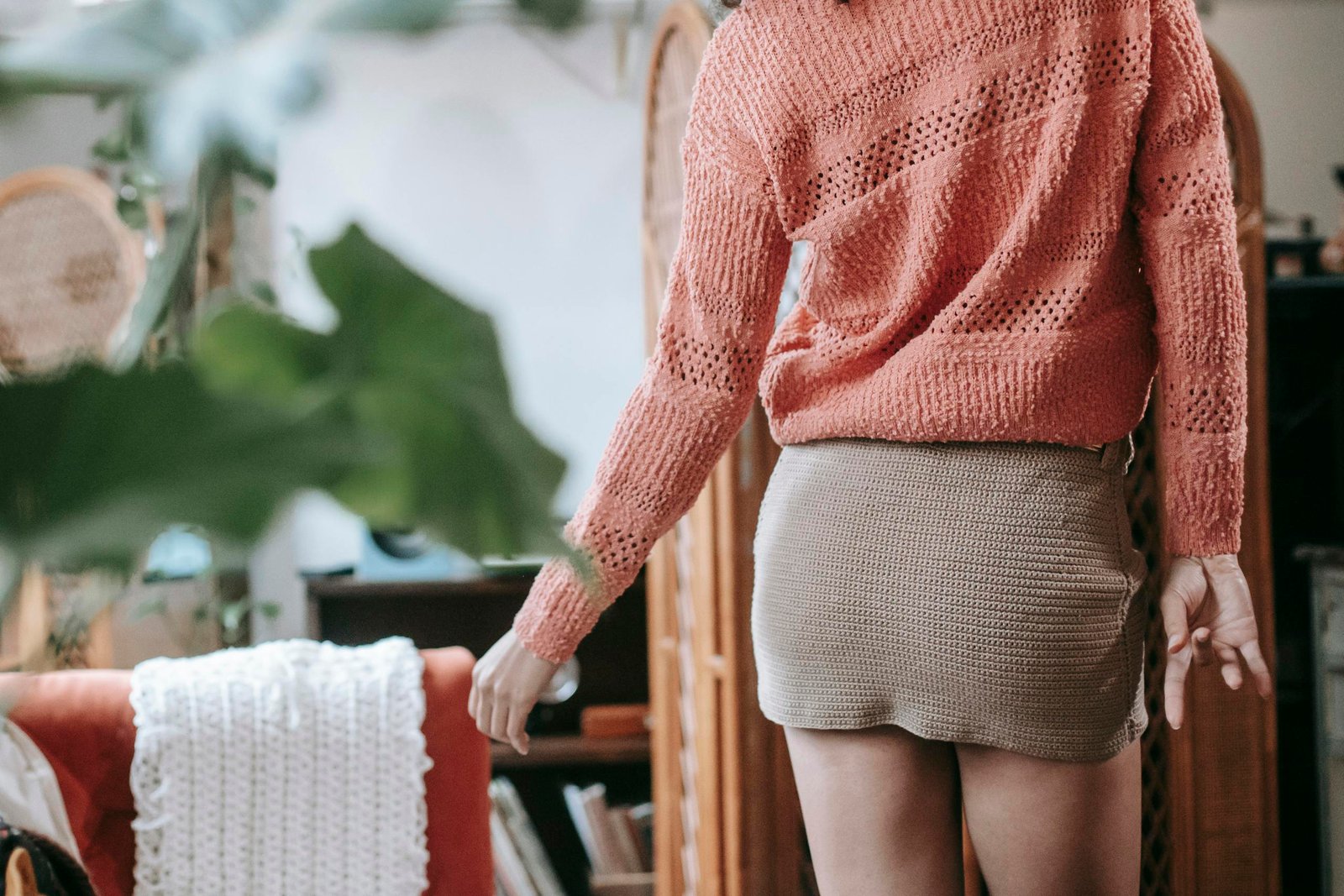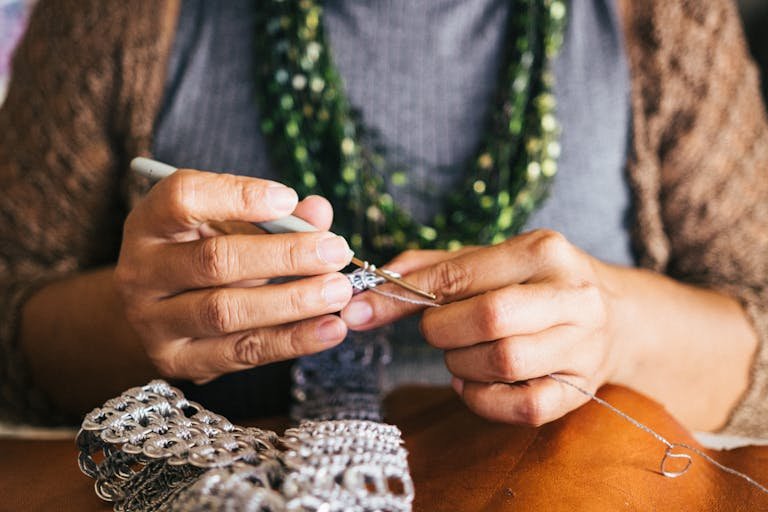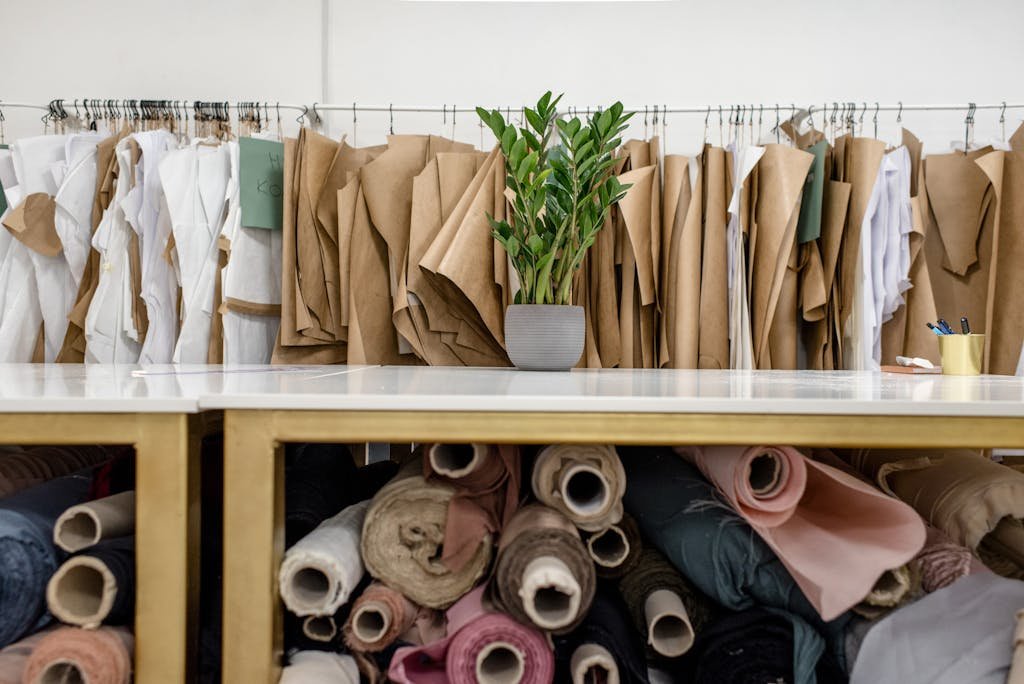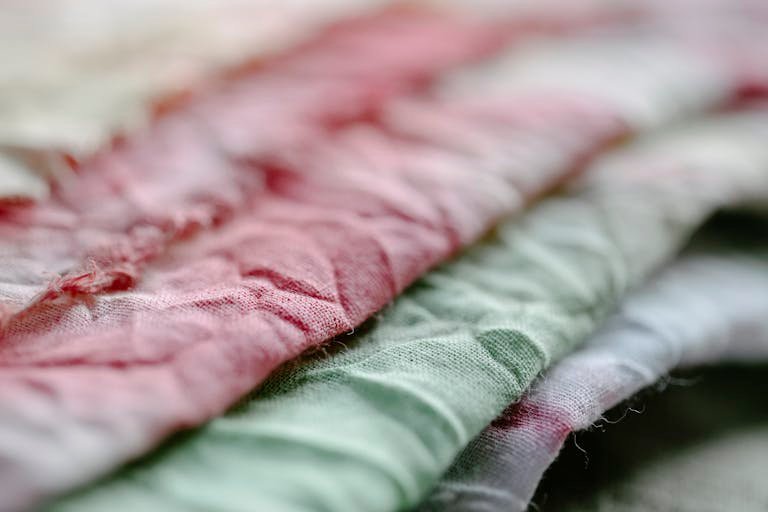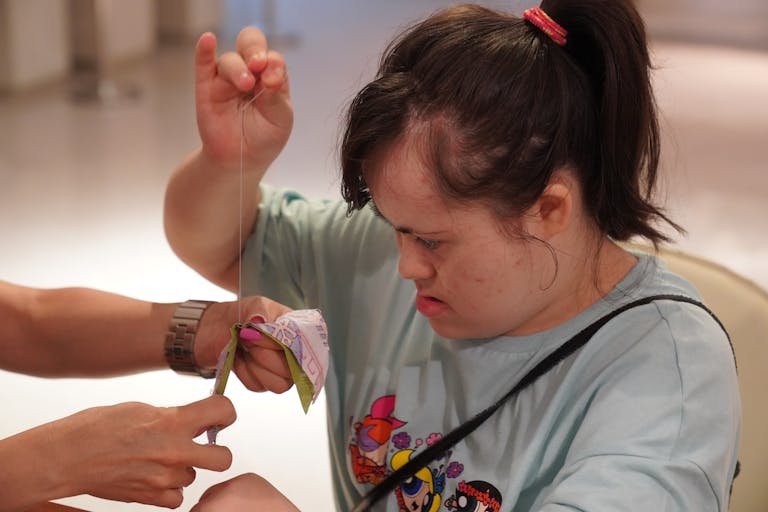Make Orange Dye: Easy DIY Guide
Orange is one of the striking fabric dyeing colors. It is bright and lively and can easily energize any piece of clothing. For those who are already experienced in crafting or are newcomers to the DIY fashion movement, mastering the perfect orange shade is an adventure. In this guide, two major methods will be discussed for getting orange dye, including using store-bought dyes and natural products.
Using Store-Bought Dye
1. Gather Your Materials
Before diving into the dyeing process, gathering all the necessary materials is essential. Here’s what you’ll need:
- Commercial fabric dye in orange (powder or liquid)
- Large pot or bucket
- Rubber gloves
- Salt (for natural fibers) or soda ash (for synthetic fibers)
- Spoon or whisk for stirring
- Washing machine (optional)
- Drying rack
2. Prepare the Fabric
You must do it right so the fabric can absorb the dye uniformly. So, follow these steps:
- Ensure your clothes are washed before dyeing to avoid any barriers to the dye, such as existing dirt or finishes.
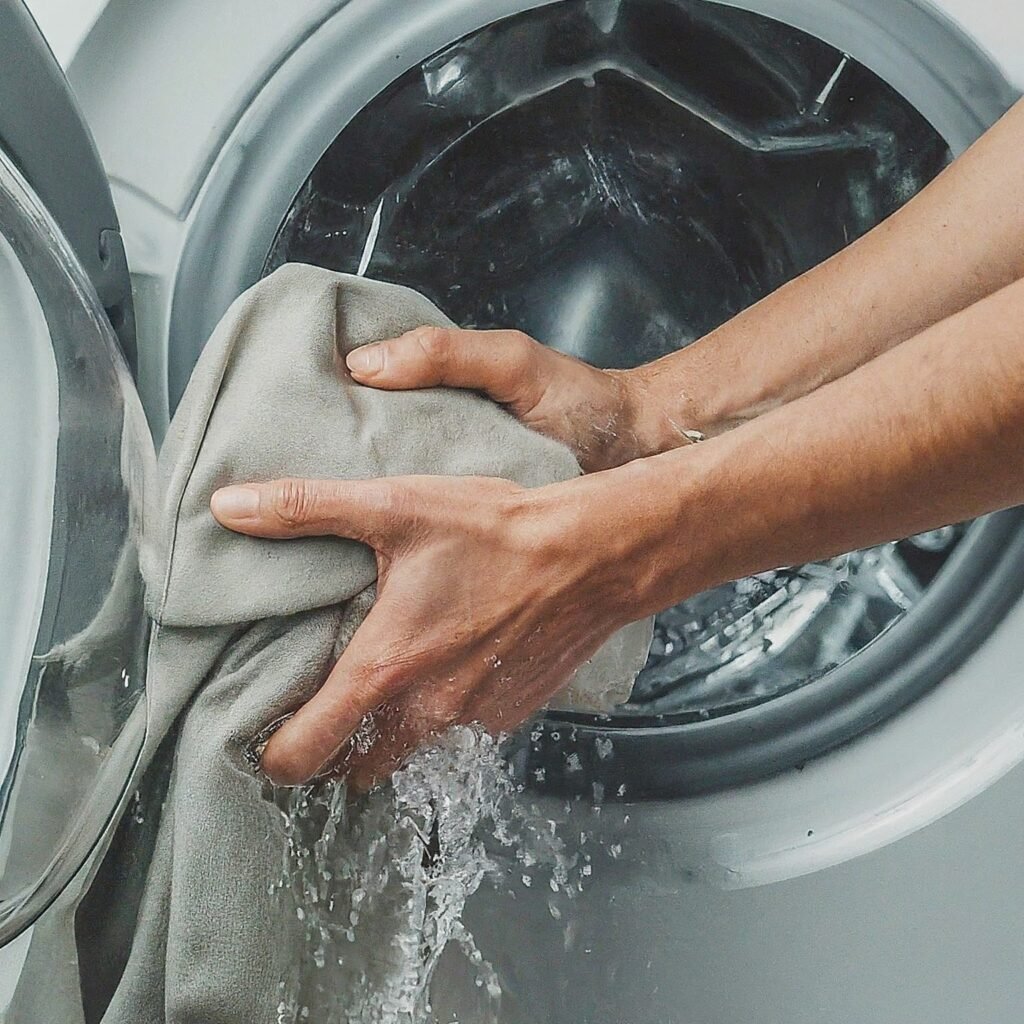
- Allow the fabric to dry to a crisp before moving to the next steps in the process.
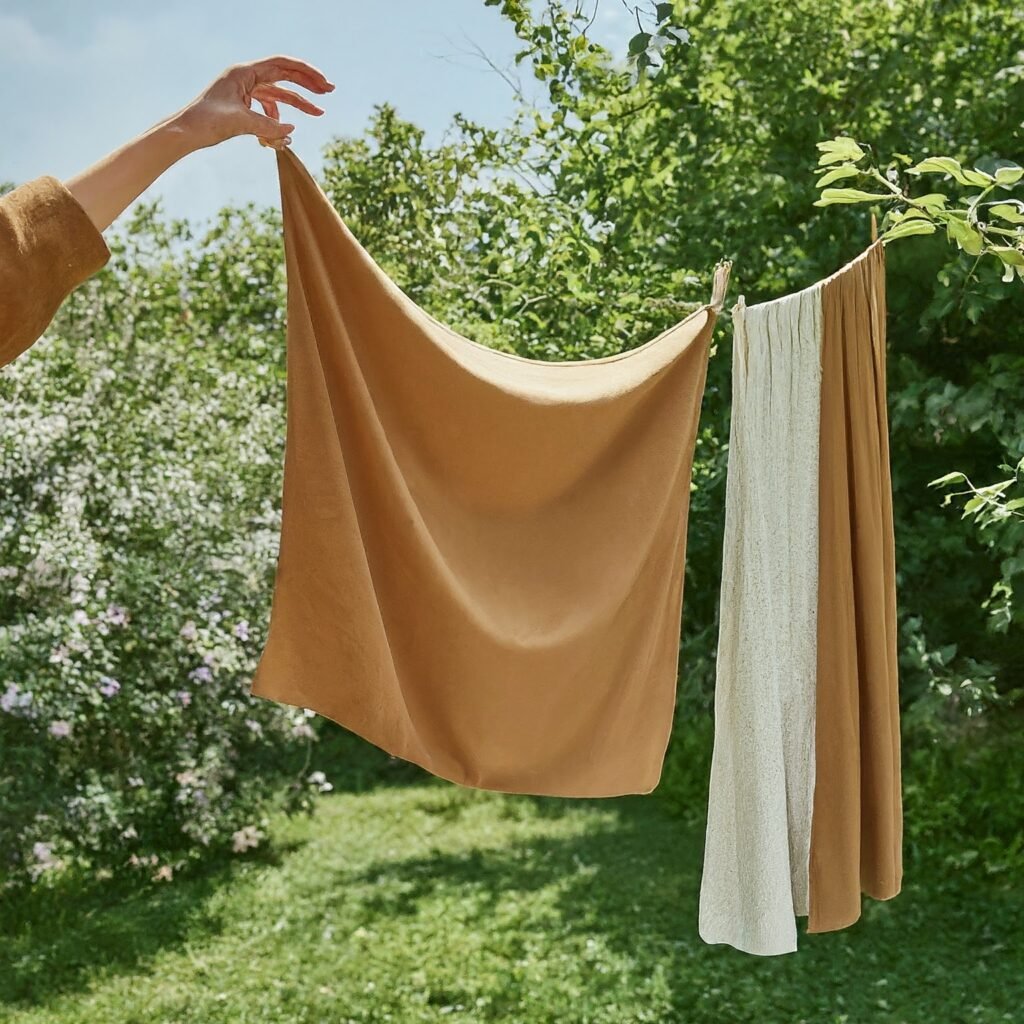
3. Set Up the Dye Bath
Formation of the dye bath involves a careful process to obtain the desired colour intensity. Here’s how to do it:
- Ensure your pot is filled with enough water to cover the fabric. The recommended proportions of water and dye should be observed depending on the type of dye used.
- This involves heating the water to a simmering point, as provided in the dye container.
4. Apply the Dye
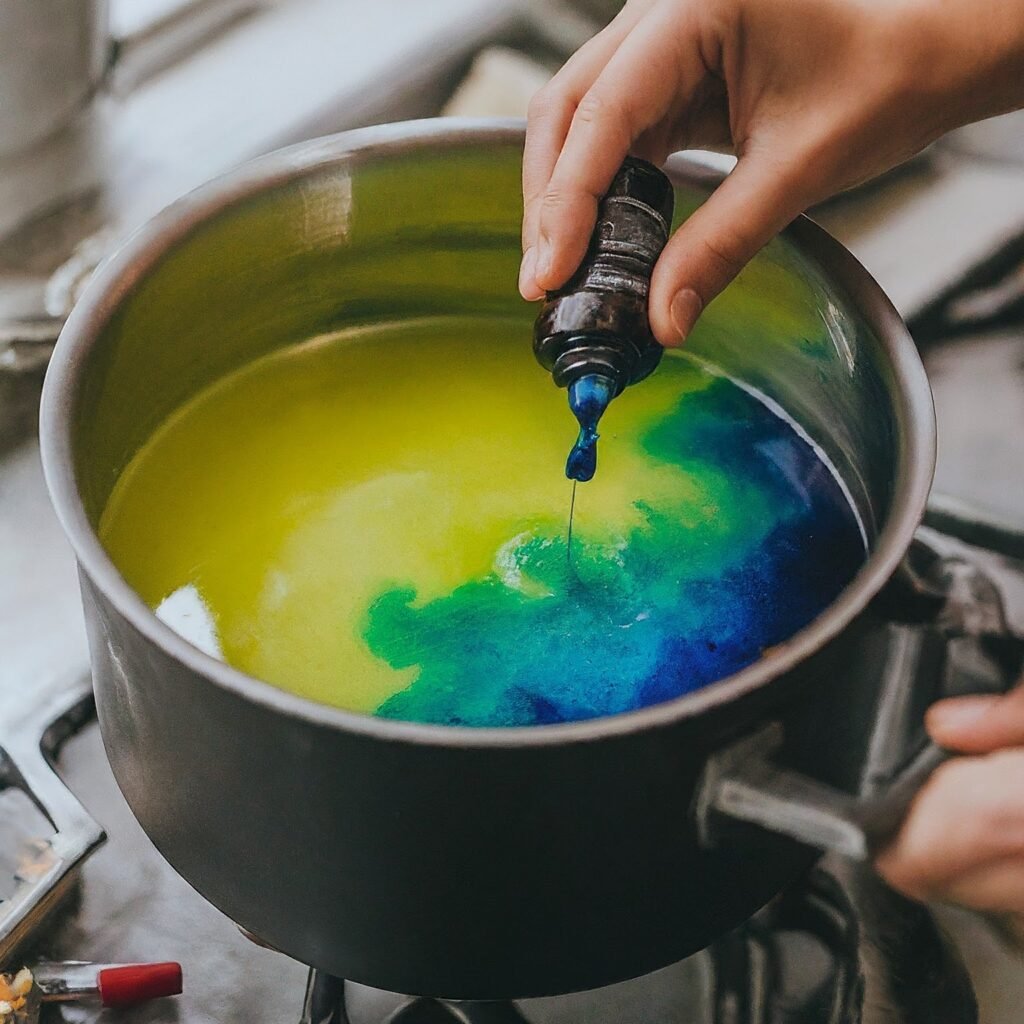
Now it’s time to add a burst of orange into the center of your fabric. Follow these steps:
- Pull on rubber gloves for the hands so they don’t get stained.
- Gradually pour the dye powder or liquid into the hot water, ensuring it dissolves well.
- Submerge all your dry fabric into the dye bath as carefully as possible.
- Use a spoon or whisk to gently agitate the fabric for even dye distribution.
5. Allow for Dyeing Time
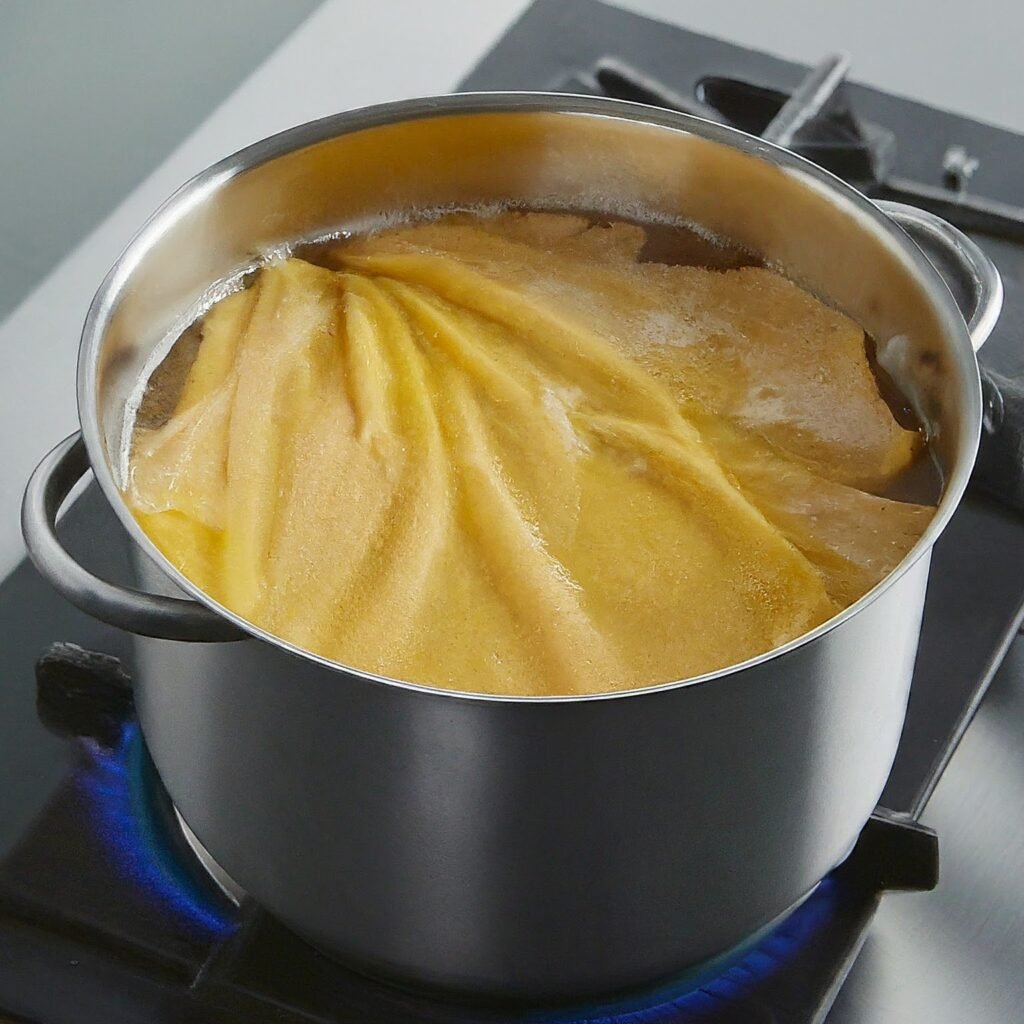
This is because you must remain patient and allow the dye to do its work. Follow these guidelines:
- Check the manufacturer’s advice on the dye to determine the ideal dyeing time, which is usually between 30 minutes and an hour.
- Try to monitor the fabric frequently to get the right shade of color that you want to use.
6. Rinse and Dry
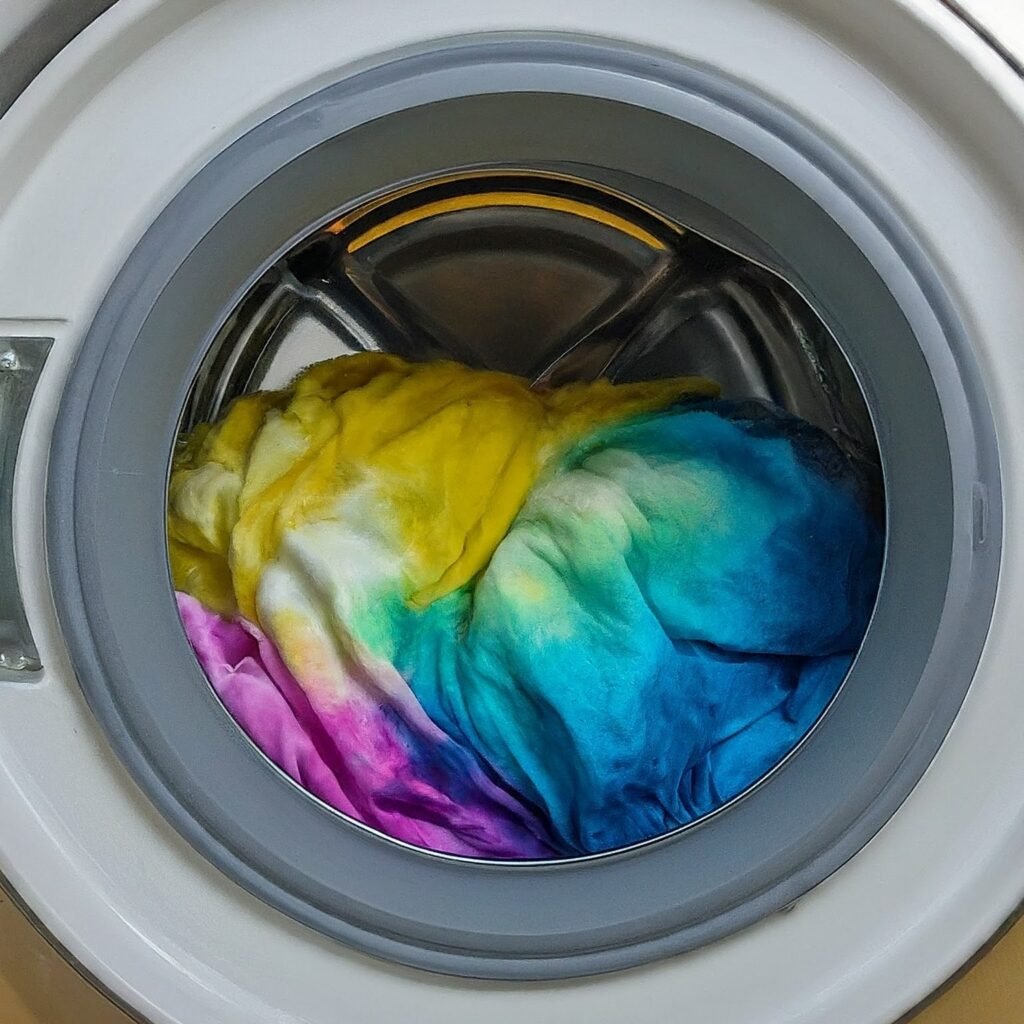
Once the dyeing process is complete, it’s time to rinse and dry your newly dyed fabric:
- Carefully remove the fabric from the dye bath and rinse it thoroughly with cool water until the rinse water runs clear.
- Optionally, wash the dyed fabric in a washing machine with cold water and a gentle detergent.
- Air dry your dyed clothes in a shaded area to prevent fading from sunlight.
Recommended Product
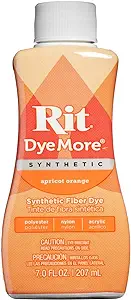
Using Natural Dyes
1. Gather Your Materials
For those inclined towards eco-friendly alternatives, natural dyes offer a sustainable option. Here’s what you’ll need:
- Turmeric powder
- Alum (mordant)
- Large pot or bucket
- Baking soda (optional)
- Spoon or whisk for stirring
- Rubber gloves
- Washing machine (optional)
- Drying rack
2. Prepare the Fabric
Follow the same preparation steps outlined for store-bought dyeing:
- Wash your fabric thoroughly and let it dry completely before proceeding.
3. Set Up the Dye Bath
Harness the power of natural ingredients to create your dye bath:
- Use enough water in your pot to submerge your fabric thoroughly.
- Pour the turmeric powder into the water and let the water come to a boil.
4. Mordanting (Optional)
For enhanced colour adherence, consider pre-mordanting your fabric with alum:
- Soak the fabric in an alum solution before adding it to the turmeric dye bath.
5. Dyeing with Turmeric
Achieve stunning yellow hues with the following steps:
- Add your fabric to the turmeric dye bath and simmer for 30 minutes to an hour.
- Stir occasionally to ensure even dye distribution.
6. Optional Color Modification
For those seeking a deeper orange shade, consider this additional step:
- When you have made the fabric yellow, wash it in warm water mixed with baking soda to nudge it towards the desired orange hue.
7. Rinse and Dry
Complete the dyeing process with thorough rinsing and drying:
- Rinse the dyed fabric with cool water until the rinse water runs clear.
- Wash the fabric in a washing machine with cold water and a gentle detergent.
- Air dry your dyed clothes away from direct sunlight.
Tips to Get Orange Dye
1. Preparing the Fabric or Material
Before dying, your fabric or material should be prepared well to allow for even dye absorption and resultant colour. This may include washing to remove sizing or finishing agents, treating with a mordant solution to enhance the colour fixing, or rinsing the material to enhance dye penetration.
2. Mixing Colors
If you cannot find the right orange colour, do not fret. You can blend the main primary colours together. For instance, mixing equal portions of red and yellow dyes will yield an orange shade; a drop of brown or black will produce richer shades. Visually adjust the relative proportions and the choice of colours to get the desired outcome.
3. Application Techniques
The choice of method when applying the dye will determine the results of your project. For solid, uniform colour, immersion dyeing is ideal because the fabric is submerged fully into the dye bath. To get more creative, one can use the tie-dye technique, dip dyeing, or paint with dye using a brush or a sponge. Some of these techniques may require precision and care to avoid irregularities or stains on the material.
4. Fixing and Caring for Dyed Materials
After your fabric has been dyed, you must wash out the dye and set the color so it does not run or leak again. This usually entails washing the fabric in a fixative solution or heating the dye with an iron or dryer. Once you are done fixing your dyes, ensure that you wash your dyed materials individually to avoid cross-staining. To preserve colour intensity, wash your clothes as directed on the label from the dye manufacturer.
Benefits of Using Orange Dye
1. Aesthetic Appeal
Orange is one of the warm colours that can be included in any project to intensify the shade. This color can be useful when dyeing fabric for your home’s apparel, furnishings, or linens, as it gives a lively feeling and makes the atmosphere warm and cozier.
2. Psychological Effects
According to colour psychology, orange conveys energy, enthusiasm, and creativity. They include the use of orange dye in projects to bring about such feelings of happiness and liveliness.
3. Versatility
Another advantage of the orange dye is that it is very diverse. Orange can be a main hue or an accent shade; therefore, it can be combined with various colours and suit different designs. From bold, statement-making accents to subtle, earthy undertones, orange dye offers endless possibilities for creative expression.
Read Also; What is Low Fire Clay?
Final Words
As you will see, there are so many ways you can dye your fabric orange, whether you use commercial orange dye or homemade natural orange dyes. By following the above-outlined procedures and testing the various dyeing methods, you are on the right path to achieving that perfect orange piece that suits your personality.
